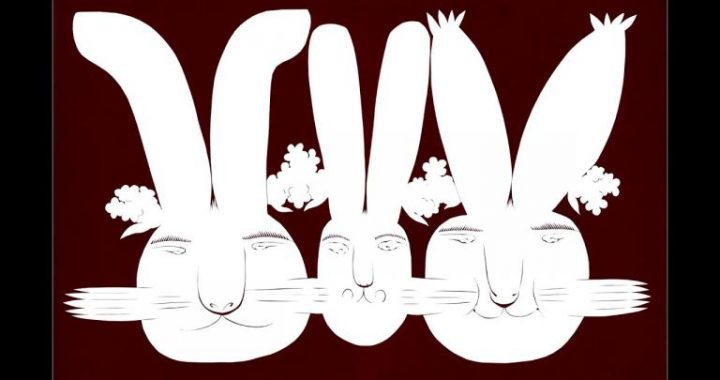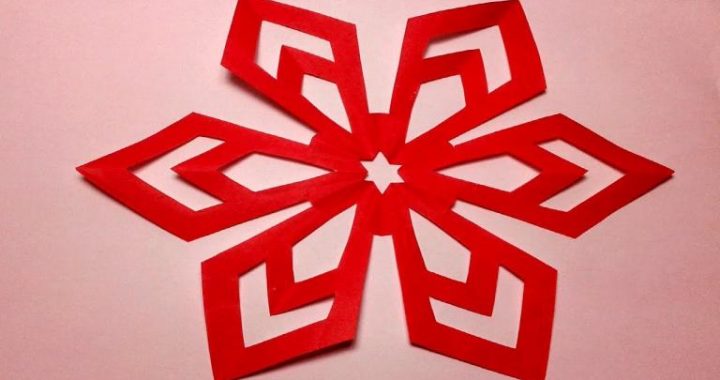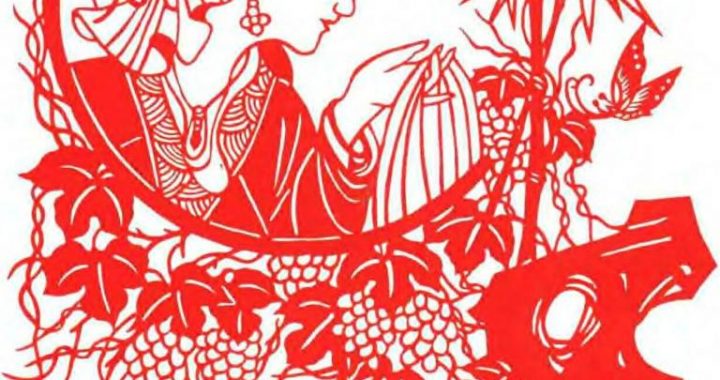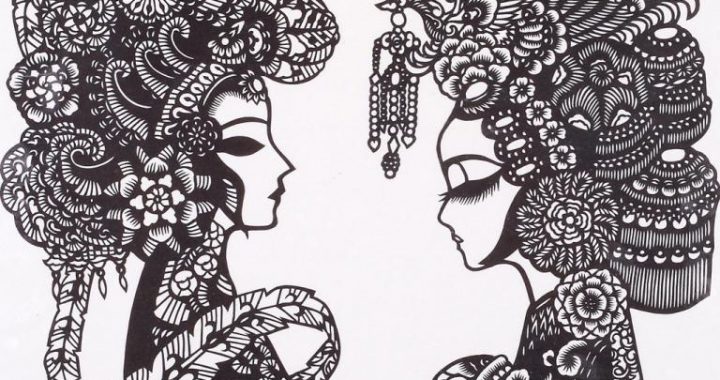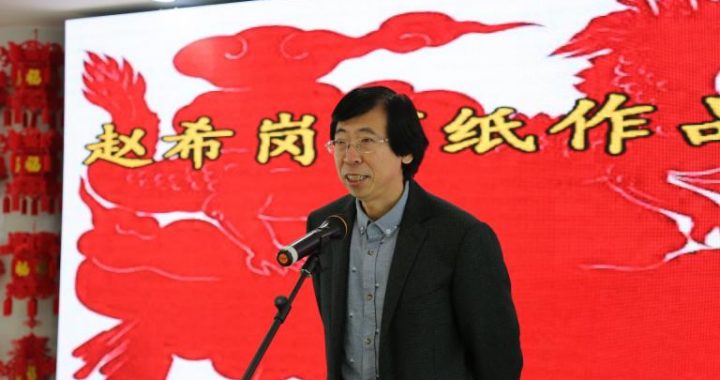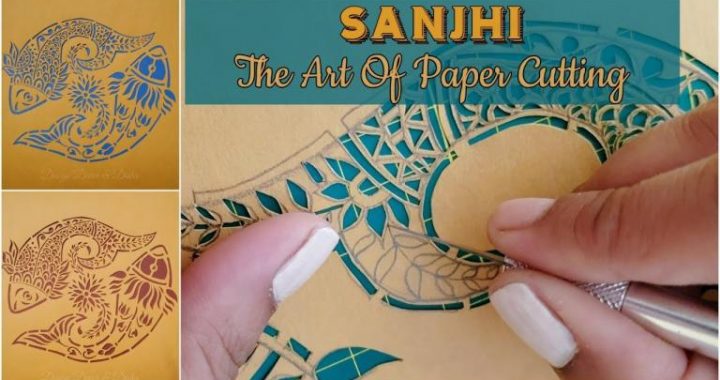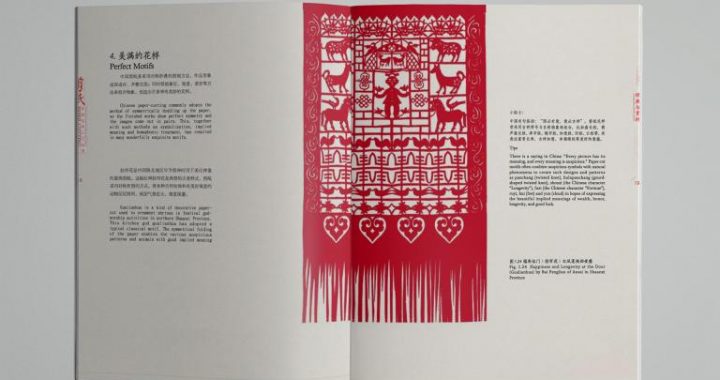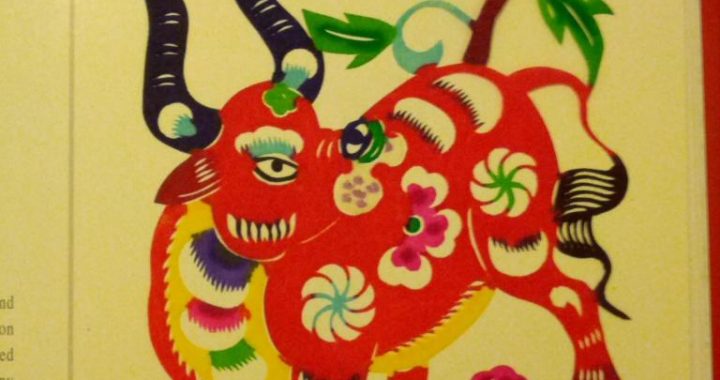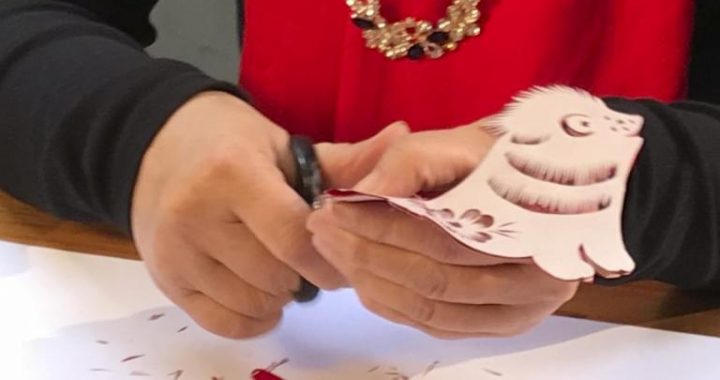Totem Structure
3 min readThe tiger image created by folk artists is not the natural image of a tiger at a specific time and place; it is a surreal conceptual tiger, a totem that protects the community. For example, the chubby short-legged “Loving tiger”is meant to keep an eye on the kids and play with them. The tiger in ” tiger coming down the mountain” showing a fierce-looking tiger with his four feet at full length is for safeguarding the residence. They are not tigers in a natural form. In the early 1980s, China National Fine Art Institute invited six elder women from northern Shaanxi and eastern Gansu to demonstrate paper-cutting in class. When they first arrived, I wanted to show them around Beijing. They wanted to go to Beijing Zoo and see a real tiger, something they had never seen even after cutting paper tigers for a lifetime. They rushed to the tiger mountain and gazed at the real tigers without a blink of an eye. At night, they stayed up all night trying to make a paper-cut tigers in various postures from what they saw.
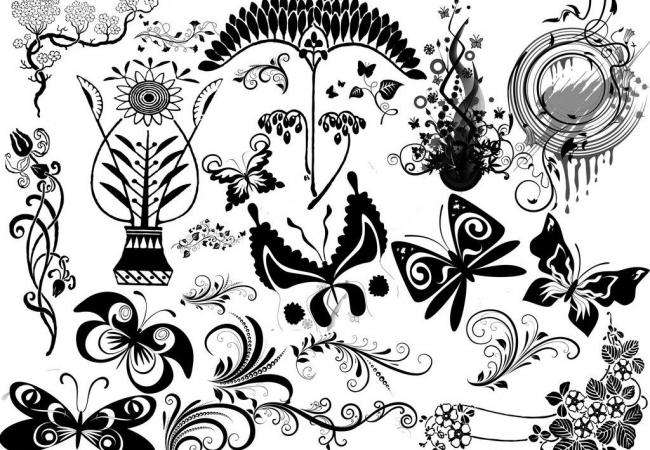
However, having never learnt sketch, they didn’t do too well, as, after all, those are two different art categories.
Paper–cut” snake twining round rabbit”and” coiling snake”are also patron totem images, not natural snake postures. The image of coiling snake with its head and tail crossed implies the connection of heaven and earth. Holding a mugwort in the mouth also shows that it is a legendary snake. The rabbit in the middle means that the children are bred and protected by the clan. The first “coiling snake”image was seen on painted pottery plate unearthed from Taosi Xia-Dynasty(2070-1600 BC) cultural relics in Xiangfen, Shanxi; then on the bronze ware from the Zhou Dynasty (1046-256 BC). This totem symbol has been passed down from generation to generation for over 5,000 years.

Folk paper-cut'”A tiger descending from the mountain'(Ansai, Shaanxi)
Folk paper-cut ‘”Ai tiger” (loving tiger)(Ansai, Shaanxi).
Through the transformation of a totem frog, to a frog with a human face, then to humanized fairy “Baby with coiled hair, “we can see the development in the shaping of this art image. There are two types of” with coiled hair” in northern Shaanxi.the patron fairy totem who wears double coils, which sometimes are decorated with two roosters (indicating the sun and the moon); in a standing posture with both arms stretching upward, or holding two roosters in her hands, or one rooster (the sun)and one rabbit(the moon). If she lies on her stomach, it is the “crawling baby”on pillow case. The outline of this fairy with coiled hair is transformed from a totem frog, the first maternal ancestor of Chinese, Nuwa, in ancient historical fairy tale who made clay figures and started the Chinese nationality The second type is the “Happy baby”who is also in standing posture, wearing lotus flower in her hair, with both hands drooping by her sides, squatting on her heels as if giving birth. On her feet is a pair of fish. The “Happy baby” is an art image of the proliferation fairy. Research shows that in primitive society, giving birth was in a squatting position.

Paper-cut ‘A snake twinning round a rabbit'(Ansai, Shaanxi).
Paper-cut “Ancient temple, decorated with peony title roof (Huangling, Shaanxi).
Paper-cut ‘”Baby with coiled hair”(Ansai, Shaanxi).
Folk paper-cut “Fish'(Huangling, Shaanxi).
Farmers’ painting “Apple orchard'(Luochuan, Shaanxi).
Paper-cut art work ‘Horse’ by Gao Fenglian (Yanchuan, Shaanxi).
“Rooster” wearing ‘cloud hook”(Ansai, Shaanxi).
